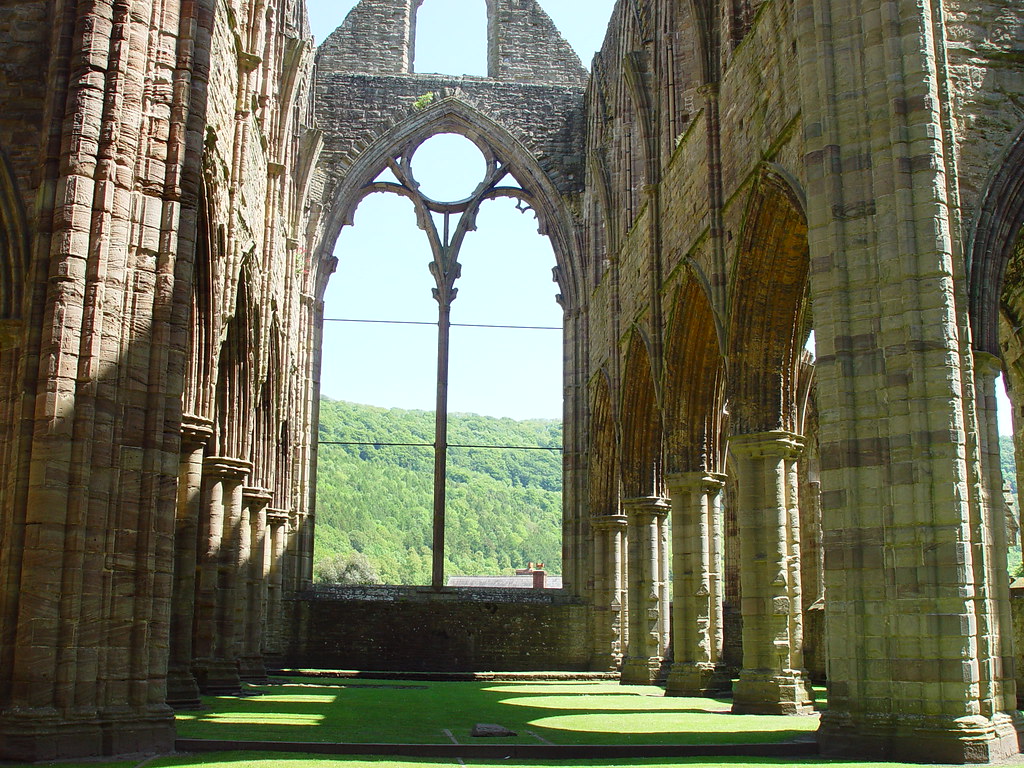
It's a common complaint that too many tourists spoil a destination for everyone. If only there wasn't so many tourists, it might be nice. Some classic examples are the islands of Thailand. Once pristine in their isolation, they're firmly on the tourist trail now and old timers bemoan the fact that they are too popular. This is not a new phenomenon, however and has been happening for centuries.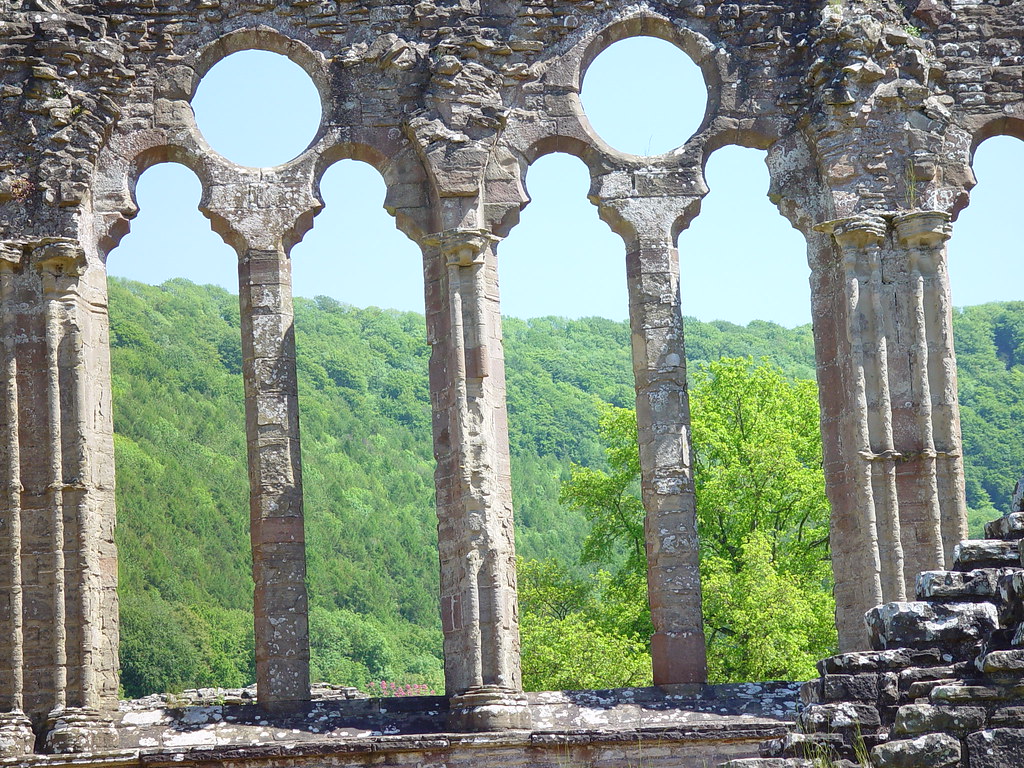
A good example is Tintern Abbey. This is an abandoned abbey just over the English border in Wales. It was founded by the Cistercian monks in 1131 and finally abandoned after the Dissolution of the Monasteries by Henry VII in 1536. Fast forward a few hundred years and it had become a rather grand decaying ruin. So grand, that a local industry developed to ferry visitors down the river to visit it. It was apparently a vast bulk of stone covered in delightful greenery. It was so beautiful, that Wordsworth wrote the poem "Tintern Abbey" about it in 1798.
What happened next? It was overrun with people trying to have their own "Tintern Abbey" moment. Today, the site has been cleared of all the lush greenery and stands as a rather gran abandoned monastery. Sure, it won't fall over any more, but the atmosphere that attracted Wordsworth has now been destroyed.
A similar fate has also befallen Stonehenge. For centuries, people were free to walkup to the stones, touch them and feel their cosmic energy. That was until a few people decided to carve their initials into them. The net result is that you can only admire Stonehenge from a distance. Better for the monument, but not so good for the tourist.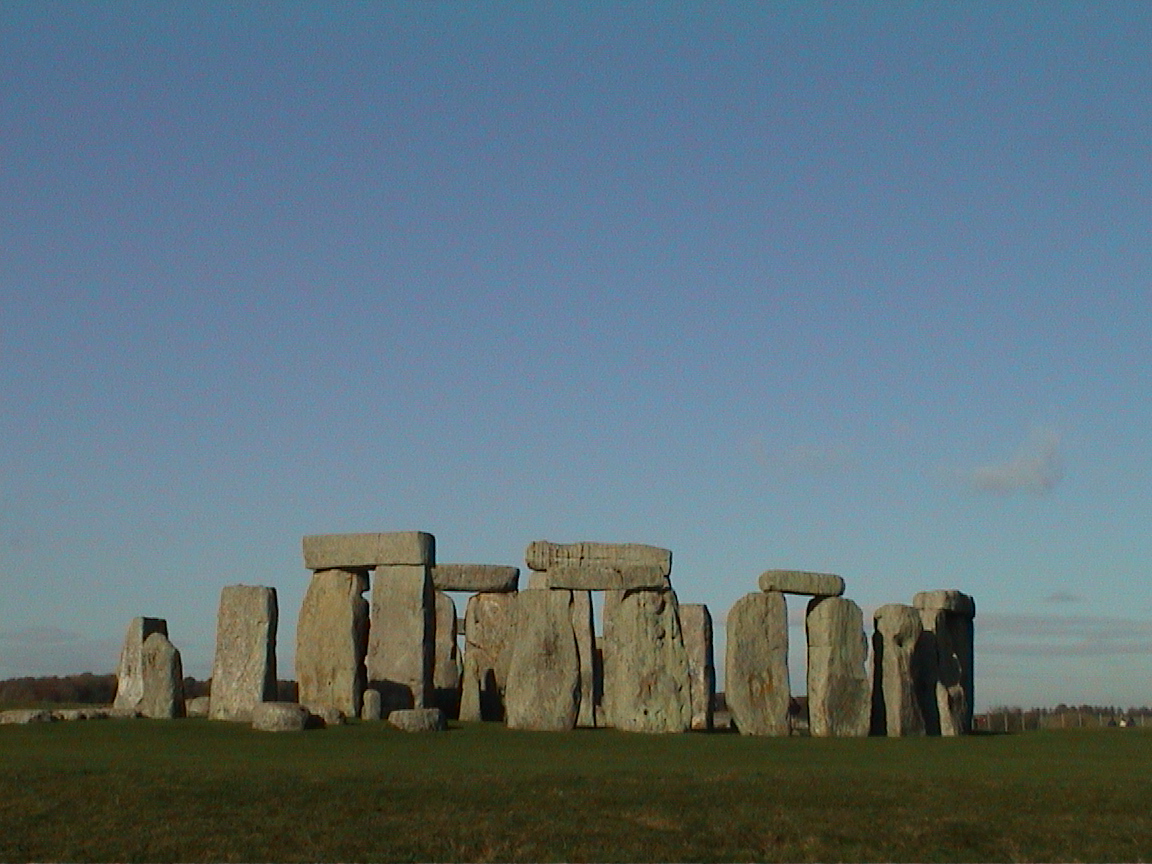 Graffiti is not a new phenomenon. The walls of Pompeii are covered with it, as are the catacombs of Rome. Napolean alleges inscribed "Napoleon was ere" on the pyramids as he passed though. Some times, the layers of graffiti dating back centuries can add to the charm of a place. Indeed, until recently, visitors to Shakespeare's house in Stratford Upon Avon were encouraged to carve messages into the glass with the diamonds on their rings.
Graffiti is not a new phenomenon. The walls of Pompeii are covered with it, as are the catacombs of Rome. Napolean alleges inscribed "Napoleon was ere" on the pyramids as he passed though. Some times, the layers of graffiti dating back centuries can add to the charm of a place. Indeed, until recently, visitors to Shakespeare's house in Stratford Upon Avon were encouraged to carve messages into the glass with the diamonds on their rings.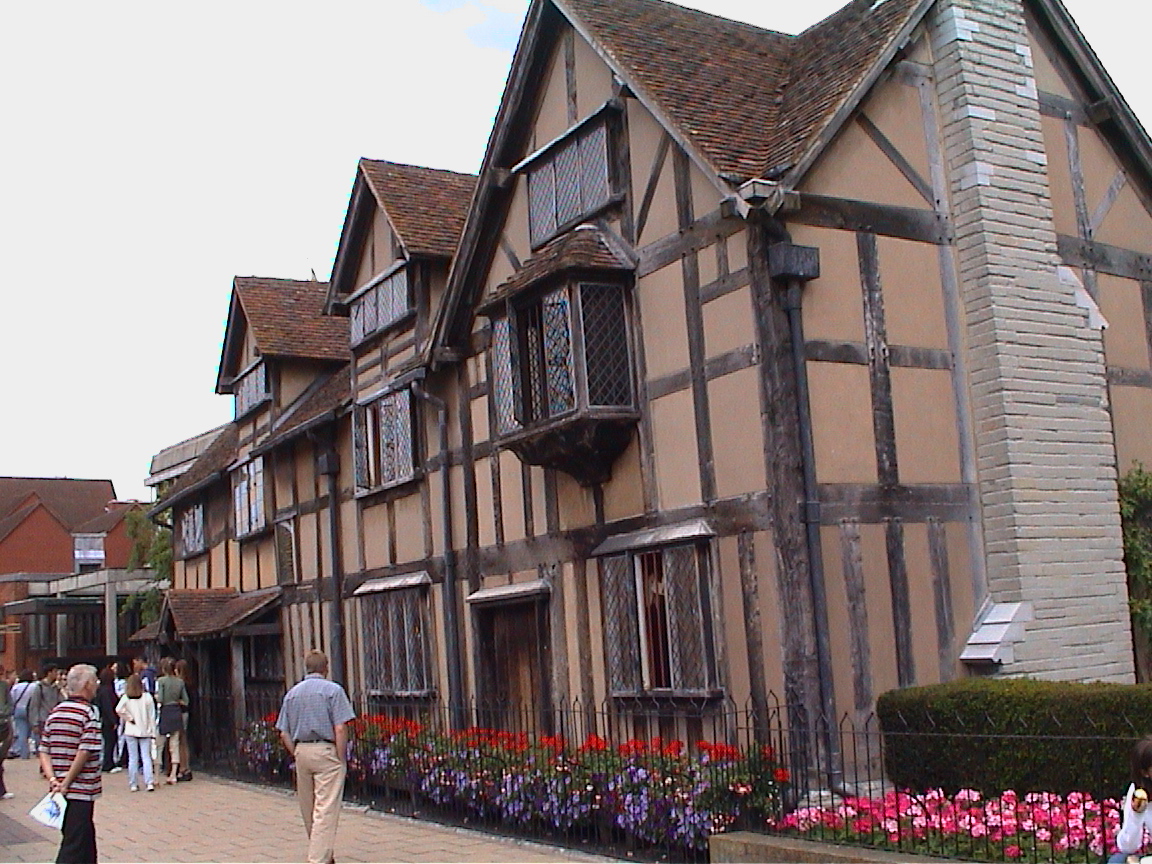
I was in Tunisia a few years ago at the ancient Roman colosseum of "El Jem". There was graffiti everywhere. Some of it modern, some of it ancient and some of it REALLY old - ancient Roman old. In this environment, the graffiti was cool.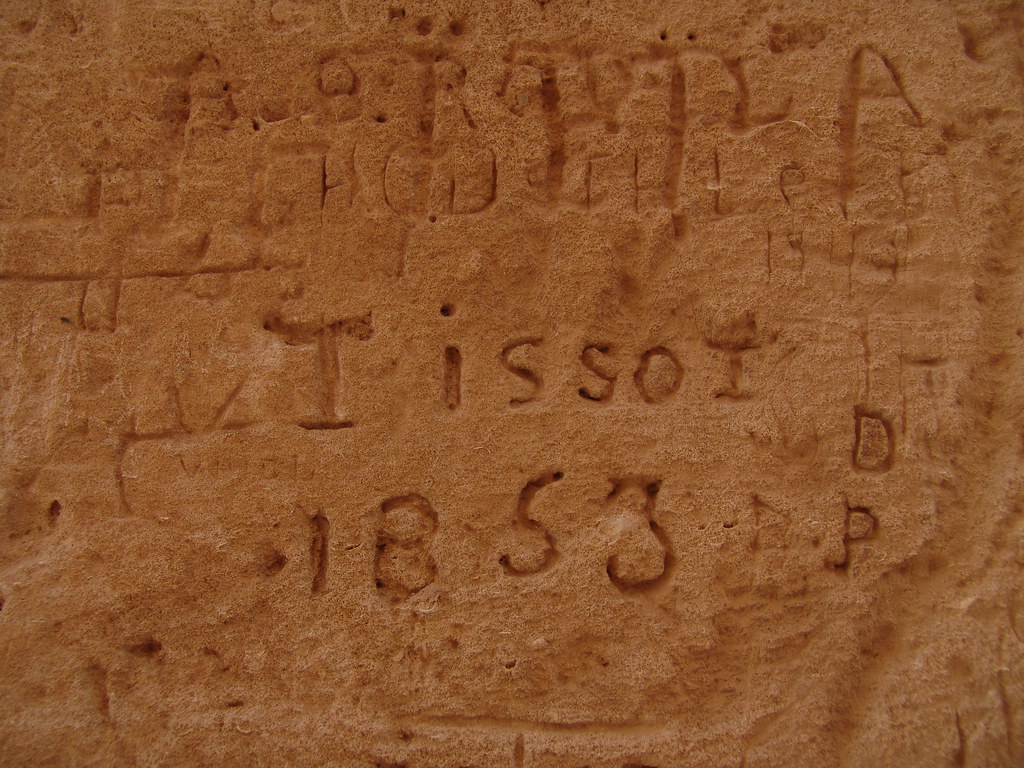 It's also fairly common to see graffiti on bamboo forests in Asia.
It's also fairly common to see graffiti on bamboo forests in Asia. A more recent example is the hill top overlooking the temples of Angkor Wat in Cambodia, called Phnom Bakeng. All the guide books regularly list seeing the sunset from this hill as a must. As a result, come sunset, the tour buses line up and there's a mad dash to the top before the sun drops. At the top, you get a good view of other tourists, but not much else. Climbing back down again, in the dark over uneven ground is a bit of a nightmare, so the entire experience has been "ruined".
A more recent example is the hill top overlooking the temples of Angkor Wat in Cambodia, called Phnom Bakeng. All the guide books regularly list seeing the sunset from this hill as a must. As a result, come sunset, the tour buses line up and there's a mad dash to the top before the sun drops. At the top, you get a good view of other tourists, but not much else. Climbing back down again, in the dark over uneven ground is a bit of a nightmare, so the entire experience has been "ruined".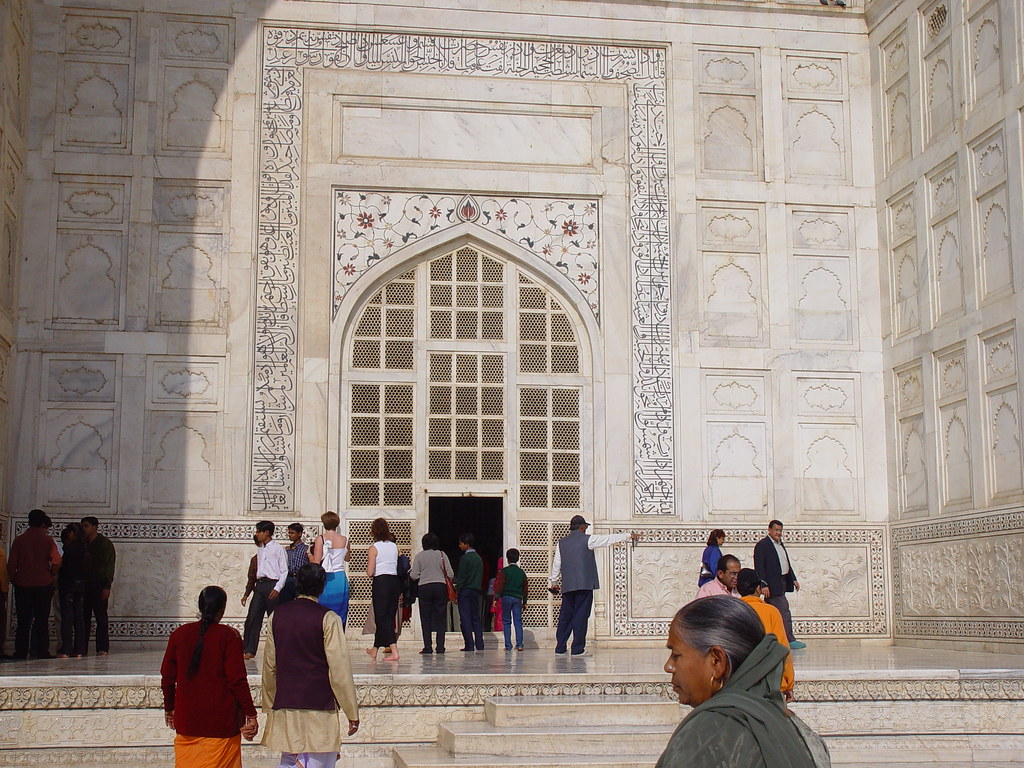
I also had a bad experience wandering through the Taj Mahal. It's an amazing experience. Such a beautiful, ornate building. Right in the centre, is the tomb of the fair lady for whom it was built. It should have been a solemn, moving moment. Instead, it was somewhat spoilt by a group of bastard kids. They discovered the room has really good acoustics, so they took delight in shouting random words and hearing the echo. In a slightly more unsavoury tone, they discovered the close, confined space gave them a good chance to fondle the bum or boob or any passing western lady. Not quite the Taj Mahal experience I'd signed up for.
On the other hand, there are some places where the number of people increase the enjoyment. I can't imagine the running of the bulls in Pamploma would be as much fun if it was just Terry and his mate Bruce.
Destinations becoming popular is just part of the natural order of the world. The number of tourists in the world is going up and up. They have to go somewhere. I remember growing up in a coastal town, the summer influx of visitors was greatly resented by the locals. They referred to them as the summer terrorists!
The issue then becomes one of management. If the destination is managed for the benefit of the local community and the visitors, then it's a victory for all sides. The tourists get their fun vacation experience and the locals benefit financially. The trick is to do it before the tourists destroy what they have come to enjoy.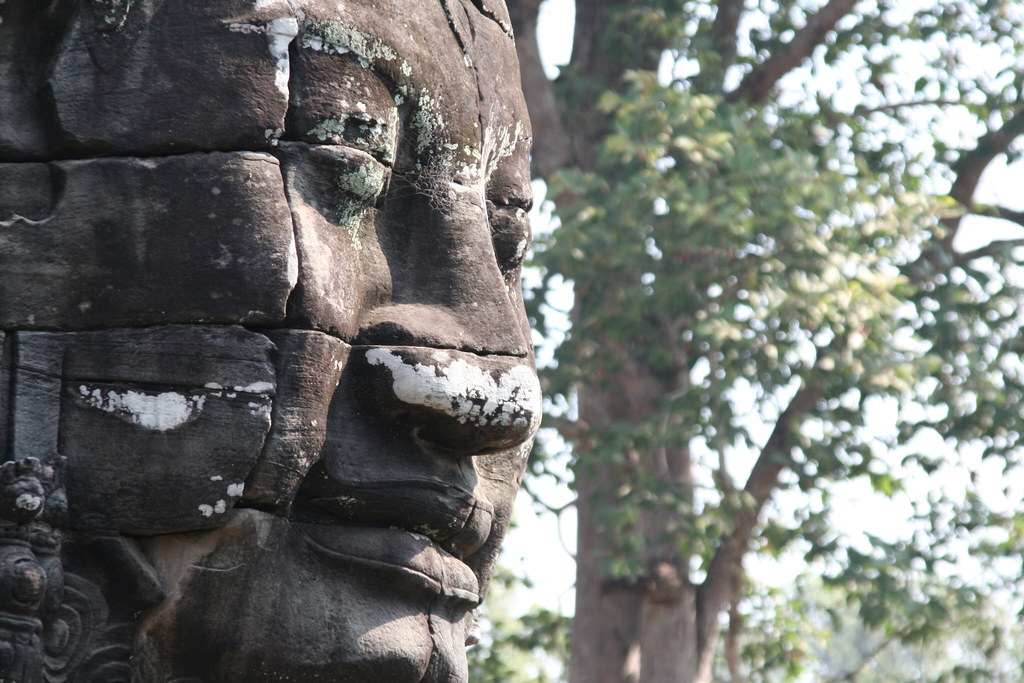
A good example is the temples of Angkor Wat in Cambodia. Ten years ago, only the most hard core back packer came anywhere near the place. It was covered in land mines, dangerous and had no tourist infrastructure. It's now prominently on the tourist trail, but the infrastructure is not up to the task. The government has built a new airport, new roads and lots of hotels are springing up, but not much has been done to preserve the monuments. You can still climb all over them and touch whatever you want. There's not many places in the world you can man handle thousand year old stone carvings. If it was in Europe, it would be behind a glass sheet and kept well away from tourists. These are the experiences treasure, but they are also the experiences that destroy the destinations.
As always, the approach should be to act responsibly and try to make sure everyone else does as well. As the popular saying goes, "Take only photos, leave only footprints"
Wednesday, April 4, 2007
Ruined by Tourists
Subscribe to:
Post Comments (Atom)







1 comment:
I'll have spend sometime reading your blog more closely, off to my Easter break now, but will return to read up on your very interesting comments. I reckon we should have Travel Credits (instead of carbon credit) only those who have enough money and enough respect for other countries and cultures are allowed to travel, that should cut out all the American tourist, the world would be a much better place :)
Post a Comment